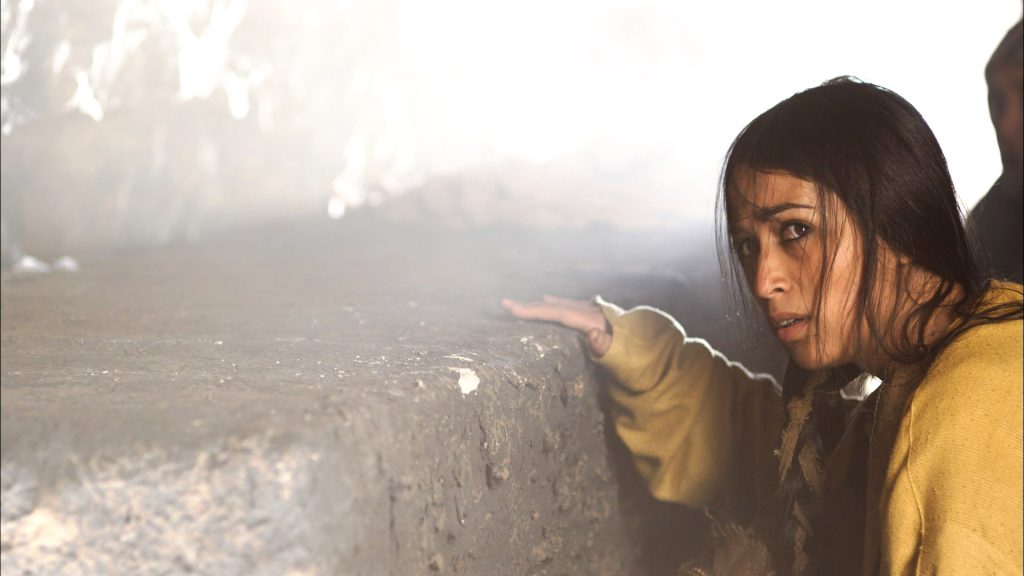
There are so many ‘Marys’ in the New Testament writings, however I have chosen to reflect on Mary of Magdala, as if it were through ‘new eyes’. My gaze turns then, not to prostitute, but to ‘faithful lover’.
Scriptural evidence highlights Mary’s role of leadership among the Galilean women who accompanied Jesus on mission. She is mentioned in all four gospels and although she appears infrequently, she has great significance in the story of Christ’s rising.
Having witnessed his crucifixion and urged by her ardent love for Jesus, the Magdalen hastened to the tomb in dark early morn, only to encounter mystery.
The body is not there! The emptiness of this space mirrors that of her troubled heart, echoing the cry of the bride in the Song of Songs who, we might say, prefigured her:
I sought him but found him not
I called but he gave an answer.
Mary’s discovery of the missing body galvanised her into action! She immediately ran to Peter and John with the news:
Her cry of alarm stirred Peter and John who set off at once running to check the tomb. We read that John outran Peter. Might the lingering sadness in Peter’s heart have caused him to run more slowly? Sensitive John stood to allow Peter to enter first. Despite the evidence, Peter’s confusion tests his belief, while insightful John understands: “Christ IS risen!”
Meanwhile, Mary stood weeping and the two men, not understanding her pain or her tears, and being unable to respond to her, ran home leaving her alone in the garden. Only the quiet utterance of her name by the One she seeks and loves, could bring healing and hope to Mary’s heart.
My imagination places her among the many women throughout centuries whose tears have flowed in compassionate response to suffering – their own, that of others, the marginalised, planet Earth.
Today, the Church identifies Mary Magdalene as ‘saint’. Though her place in Scripture defies interpretation, we honour her in her consistent relationship with Jesus as friend and faithful disciple.
The gospel of John is telling us something important about the role of women in today’s Church. Why does he devote so much gospel space to her while later writers, including Paul (1Cor 15:5-6) and Luke (Acts) omit any mention of her? For me, the answer lies partly in the years following the ‘garden encounter’.
The apocryphal Gospels, writings not included in the Canon, tell of Mary’s ‘new relationship’ with Christ. Like Peter, Paul and other disciples, Mary, ‘apostle to the apostles’ was called to be missionary. Unperturbed by the non-recognition afforded her by some male disciples, Mary Magdalene exemplifies the ‘audacious woman’, fearless and faithful in proclaiming the ‘Good News’ she learnt first-hand from her Beloved.
Therese Wilson rsj
Resources
- Chittister, Joan osb: Friendship of Women
- Coll, R csj: Christianity Feminism in Conversation
- Winter, Miriam Therese mm: WomanWord
Scripture – mainly NT Canon; Lecture recall from Apocryphal Lectures
